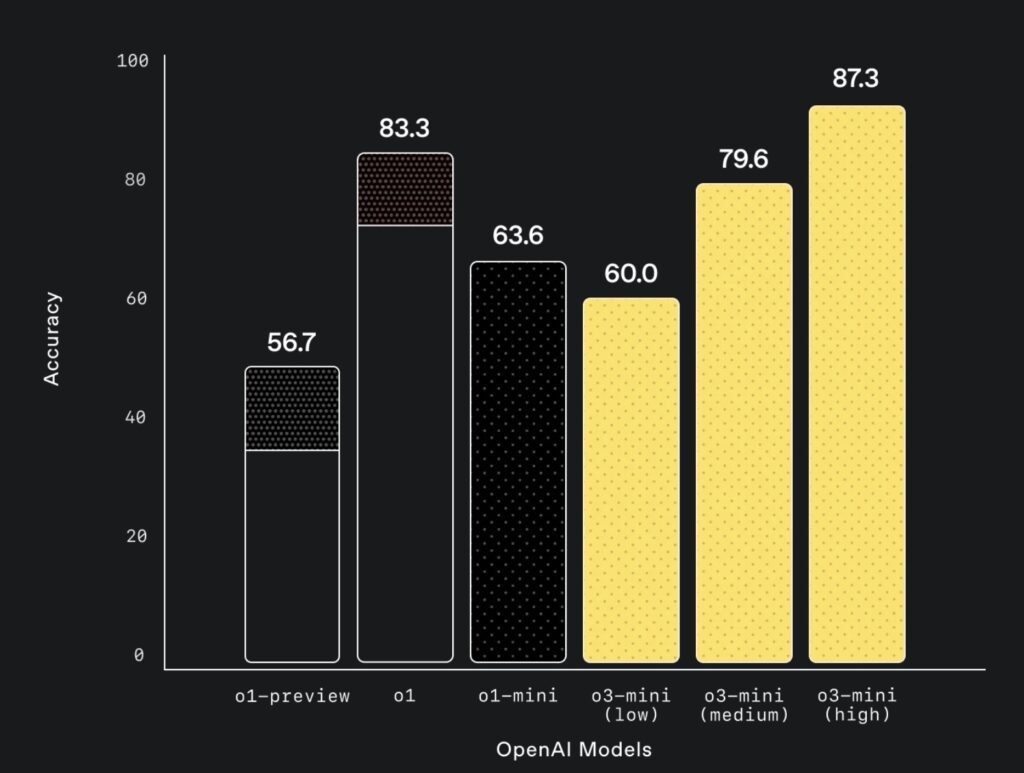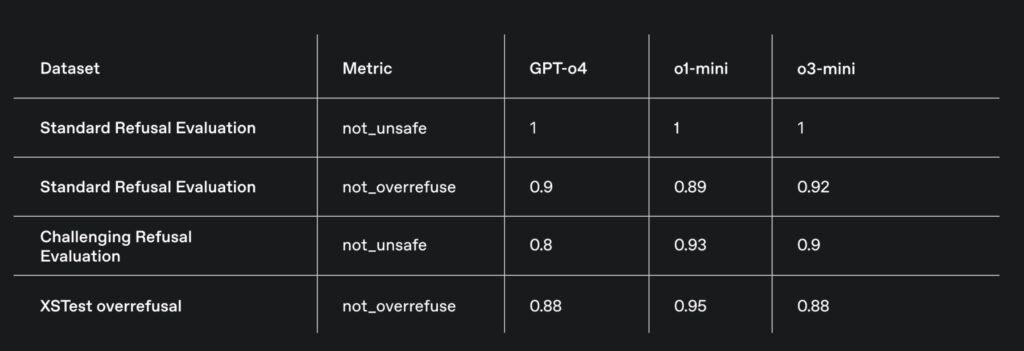Revolutionizing STEM, Coding, and Math with Speed, Precision, and Accessibility
- OpenAI o3-mini is a groundbreaking, cost-efficient reasoning model optimized for STEM, coding, and math, delivering faster responses and superior accuracy compared to its predecessors.
- The model introduces advanced developer features like function calling, structured outputs, and customizable reasoning effort levels, making it production-ready for a wide range of applications.
- With improved safety measures, competitive pricing, and expanded accessibility, o3-mini marks a significant step in democratizing advanced AI for both developers and end-users.
Artificial intelligence continues to evolve at a breakneck pace, and OpenAI is at the forefront of this revolution. With the release of OpenAI o3-mini, the company has once again pushed the boundaries of what small AI models can achieve. Designed to excel in STEM (science, technology, engineering, and mathematics) domains, o3-mini combines speed, precision, and affordability, making it a game-changer for developers, researchers, and everyday users alike. This article delves into the features, capabilities, and implications of OpenAI’s latest reasoning model, exploring how it stands out in the competitive AI landscape.

A New Era of Cost-Effective Reasoning
OpenAI o3-mini is the newest addition to the company’s reasoning model series, building on the success of its predecessors, o1 and o1-mini. What sets o3-mini apart is its ability to deliver exceptional performance in technical domains like coding, math, and science while maintaining low latency and cost. This makes it an ideal choice for developers and organizations looking to integrate AI into their workflows without breaking the bank.
One of the most exciting aspects of o3-mini is its support for highly requested developer features, including function calling, structured outputs, and developer messages. These features make the model production-ready out of the box, enabling developers to build sophisticated applications with ease. Additionally, o3-mini offers three reasoning effort levels—low, medium, and high—allowing users to optimize the model’s performance based on their specific needs. Whether tackling complex problems or prioritizing speed, o3-mini provides unparalleled flexibility.

Unmatched STEM Capabilities
OpenAI o3-mini has been fine-tuned to excel in STEM-related tasks, making it a powerful tool for students, educators, and professionals. In evaluations, o3-mini with medium reasoning effort matched the performance of the larger o1 model in math, coding, and science, while delivering responses 24% faster. Expert testers preferred o3-mini’s answers over o1-mini 56% of the time, noting a 39% reduction in major errors on challenging real-world questions.
The model’s ability to handle complex reasoning tasks is further demonstrated by its performance on benchmarks like AIME (American Invitational Mathematics Examination) and GPQA (Graduate-Level Physics, Biology, and Chemistry Questions). With high reasoning effort, o3-mini even outperforms its predecessors in some areas, showcasing its potential to tackle advanced problems with precision and clarity.

Accessibility for All
OpenAI is committed to making advanced AI accessible to a broader audience, and o3-mini is a testament to this mission. Starting today, the model is available to ChatGPT Plus, Team, and Pro users, with Enterprise access rolling out in February. Free plan users can also experience o3-mini by selecting the “Reason” option in the message composer or regenerating a response—a first for OpenAI’s reasoning models.
For paid users, o3-mini offers higher rate limits and lower latency, with Plus and Team users enjoying a tripled message limit of 150 per day. Pro users gain unlimited access to both o3-mini and its higher-intelligence variant, o3-mini-high, which provides more detailed responses at the cost of slightly longer processing times.
Safety and Reliability
Safety remains a top priority for OpenAI, and o3-mini is no exception. The model employs a technique called “deliberative alignment,” which trains it to reason about human-written safety specifications before generating responses. This approach has proven effective, with o3-mini surpassing GPT-4o on challenging safety and jailbreak evaluations.
Before its release, o3-mini underwent rigorous testing, including external red-teaming and safety assessments. These efforts ensure that the model not only delivers accurate and reliable results but also adheres to the highest standards of ethical AI development.
Competitive Pricing and Market Position
At 0.55 per million cach edinput token sand 4.40 per million output tokens, o3-mini is 63% cheaper than o1-mini, making it a cost-effective alternative for developers and businesses. While it faces competition from models like DeepSeek’s R1, o3-mini holds its own in terms of performance and affordability. Its ability to deliver high-quality results at competitive prices positions it as a strong contender in the AI market.
What’s Next for OpenAI?
The release of OpenAI o3-mini marks another milestone in the company’s mission to democratize advanced AI. By optimizing reasoning for STEM domains and reducing costs, OpenAI is making high-quality AI more accessible than ever before. As AI adoption continues to grow, the company remains committed to leading the charge, building models that balance intelligence, efficiency, and safety at scale.
OpenAI o3-mini is more than just a new AI model—it’s a testament to the power of innovation and accessibility. With its unmatched STEM capabilities, advanced developer features, and commitment to safety, o3-mini is poised to revolutionize the way we approach technical challenges. Whether you’re a developer, educator, or curious user, o3-mini offers a glimpse into the future of cost-effective AI reasoning. As OpenAI continues to push the boundaries of what’s possible, one thing is clear: the age of intelligent, accessible AI is here to stay.
